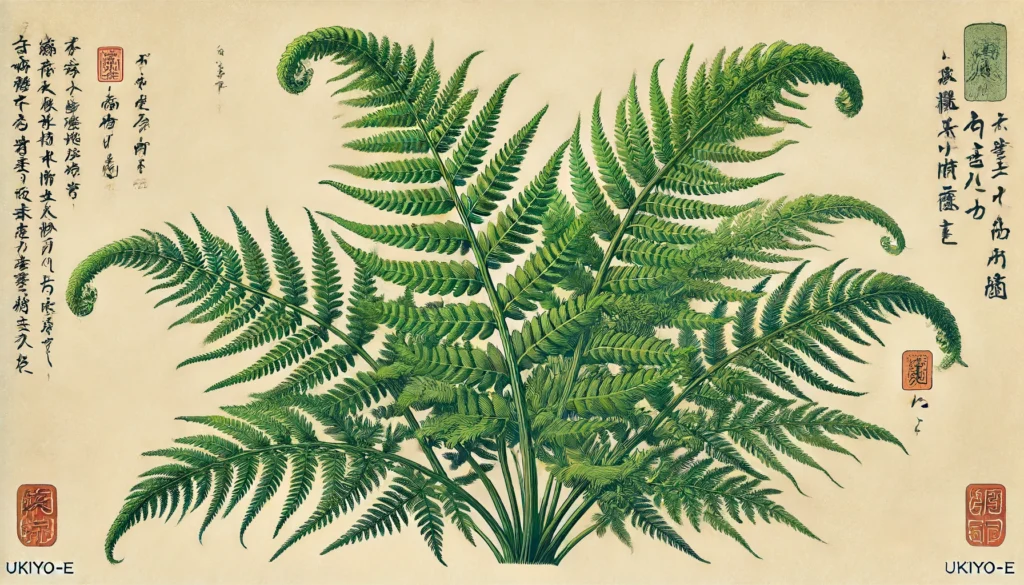

Home » Cat Plants » Can the Asparagus Fern Plant be harmful to cats?

The Asparagus Fern (Asparagus densiflorus), despite its name, is not a true fern but rather a member of the Asparagus genus. This plant is toxic to cats, and ingestion can cause various health issues. The Asparagus Fern contains sapogenins and insoluble crystals that are poisonous to felines. It is commonly found as an ornamental plant in gardens, homes, and floral
Ingestion may cause mild gastrointestinal upset, but is generally not life-threatening.
Ingestion can result in mild symptoms like vomiting, diarrhea, or drooling. Rarely fatal but may require veterinary care.
Eating these plants can lead to more pronounced symptoms like abdominal pain, lethargy, or difficulty breathing. Veterinary intervention may be necessary.
Ingesting even small amounts can cause severe symptoms like organ damage, seizures, or cardiac failure without rapid treatment.
All parts of these plants are extremely poisonous to cats and can quickly lead to death, even with immediate veterinary care.
** Please note: Please note that toxicity level can vary based on the amount ingested and the specific cat. It's always best to keep these plants completely inaccessible to cats and seek immediate veterinary care or call the poison hotline if you suspect your cat has ingested any part of a toxic plant.
If a cat ingests the Asparagus Fern, it may experience various symptoms due to the plant’s toxic compounds. The most common signs include vomiting, diarrhea, and abdominal pain. The insoluble crystals in the plant can also cause oral irritation, leading to excessive drooling, pawing at the mouth, and difficulty swallowing. In some cases, dermatitis (skin inflammation) may occur if the cat has repeated exposure to the plant.
If you suspect your cat has ingested the Asparagus Fern, it is crucial to seek veterinary attention immediately. Your veterinarian will likely perform a physical examination and may recommend diagnostic tests, such as blood work or imaging, to rule out other potential causes. Based on the symptoms and your report of plant ingestion, the veterinarian may diagnose your cat with Asparagus Fern toxicity.

A: Cats are not allergic to asparagus fern, but the plant is toxic to them. Asparagus fern contains saponins and insoluble calcium oxalate crystals that can cause harmful effects if ingested or if cats come into contact with the plant.
A: Symptoms of asparagus fern poisoning in cats include vomiting, diarrhea, abdominal pain, excessive drooling, and difficulty swallowing. Repeated dermal exposure can cause allergic dermatitis, resulting in skin inflammation or a reddish rash.
A: All parts of the asparagus fern plant are toxic to cats, including the berries. The entire plant contains saponins and insoluble calcium oxalate crystals that can cause adverse reactions in cats.
A: If you suspect your cat has ingested asparagus fern, contact your veterinarian immediately. They may recommend bringing your cat in for examination and treatment, which could include flushing the mouth with water, administering activated charcoal, or providing supportive care such as IV fluids.
A: Yes, there are many pet-safe plants that cat owners can keep instead of asparagus fern. Some options include spider plants, Boston ferns, and catnip. Other safe alternatives include calathea, maranta (prayer plant), and some varieties of palms like kentia or areca palms.
A: To prevent your cat from accessing asparagus fern, consider placing the plant in hanging baskets or on high shelves out of your cat’s reach. Alternatively, you can remove the plant from your home entirely and opt for cat-safe alternatives. Creating a cat-friendly environment with safe plants and providing distractions like cat grass can also help keep your cat away from toxic plants.
The Asparagus Fern is native to South Africa and belongs to the Asparagaceae family. It was introduced to the United States in the late 19th century by Cornelia Polk Drake, the daughter of a former governor of Missouri and niece of President James K. Polk. Despite its common name, the Asparagus Fern is not a true fern but rather a member of the Asparagus genus, which includes the edible asparagus plant.
Please note: The information shared in this post is for informational purposes only and should not be considered as veterinary medical advice.
🐾 A hilarious or heart-melting cat video
🐾 Our latest paws-on review of a cool cat toy